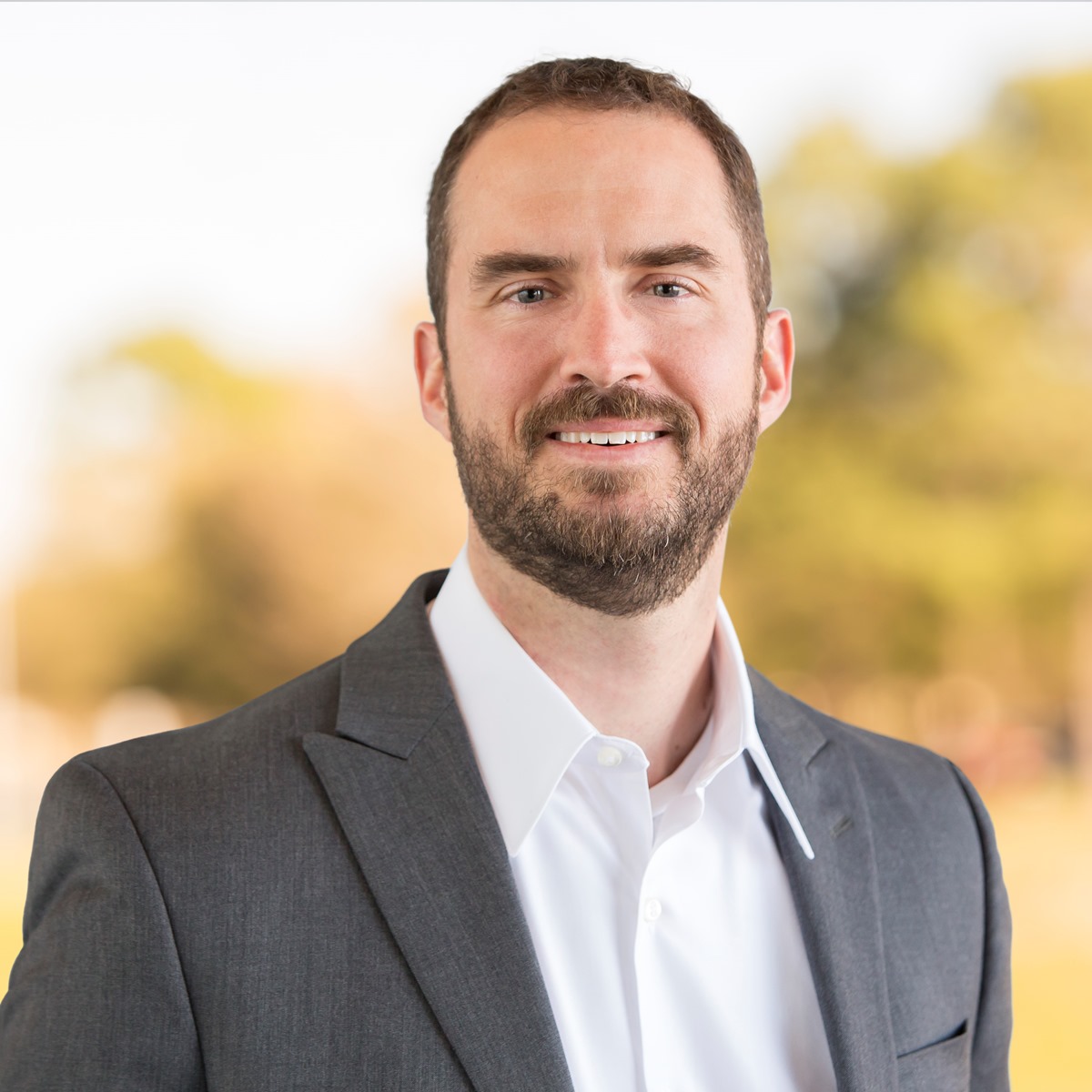Interview with Austin Schneider, Director of Technology at Crystaphase
Tell us a little bit about yourself and your role at Crystaphase.
Currently, I manage the day-to-day operations of technical service, product R&D, and intellectual property creation for Crystaphase. Our technical service group really works hard to apply their experience and expertise to help our customers get more out of their units.
We all have different backgrounds, but we all share an interest in optimising outcomes for our customers. I make sure our teams have what they need to do that.
There’s a very specialised methodology behind what you do – tell us more!
Our technical service team is world-class in our ability to jump in and help where hard-to-solve hydroprocessing issues have hampered performance. We like to think of ourselves as being in a continual loop of optimisation with our customers and the units they operate. Every new cycle we come across feeds more information into our experience, enabling better solutions and more capable service with every iteration.
Our process means putting our experienced technical people in front of our customers and getting them talking about the issues they are tackling and what future processing might look like. Combining those conversations with a specialised laboratory for foulant analysis means our customers can get the best, most informed designs out there when dealing with Crystaphase.
According to you, what is the biggest challenge the industry is facing today?
Well, the industry is certainly facing challenges on all sides, but ultimately the world is going to need energy for generations to come, and this industry has to play a role in that. Being specialists in our area, we look specifically for things refiners can do to improve their outcomes as they work both to get more out of conventional fuels and to find new sources of energy in renewables. We often find customers who have conditioned themselves to accept limited expectations, and we’ve been able to apply our experience to help change what is possible.
In conventional fuels, it’s about getting fuller value for a barrel of oil. But in renewables, sometimes it’s about making whole new processes viable and sustainable for the long term. We’ve had great success in both areas for many years, which tells us that while we face challenges, we have solutions that can help as well.
Please share with us a recent example on how you have worked with refiners to reduce pressure drop, improve throughput, and increase profit.
Many of our customers have been with us for years, and we’re still doing optimisations on as their operating conditions change from cycle to cycle. They’re really using us for our technical capabilities and our laboratory work to continually maintain high performance in their units. One example is a case where a VGO hydrotreater had been suffering pressure drop for multiple cycles, and after loading one of our systems, shut down without pressure drop. We went on site to gather samples to look for further optimisations we can make to try to help them maintain that stability.
You know, even once you achieve the result you’re looking for, you won’t necessarily know what’s happening unless you keep doing that sampling and analysis. By doing that, we help the refiner think about ways they might do more with that unit.
What will the fuels of the future be, and what will it take for them to displace the fuels of today?
The outlook is always changing, but we’ve learned after doing this for many years that being able to adapt is critical. We’ve been able to employ our technologies and expertise in a variety of applications, some of which have grown from niche, pilot projects to commercial-scale production. Whatever the fuels of the future might be, it’s going to take some adaptation. And that’s something we happen to think we’re pretty good at.
What would be the main priority for operators to survive and thrive in the post-pandemic era?
Plan for change during your cycle. Just because you don’t have pressure drop or distribution issues now, doesn’t mean you won’t be facing problematic feeds in the future. Almost every customer will have to process something nasty now and again. If our customers discuss those types of options with us, Crystaphase is really good at contingency planning and providing informed options for pressure mitigation, reactor space optimisation, and distribution improvement so you are getting the most out of your reactor every time.
So, whatever the market might be doing, a refiner is going to want to get the most value for their investment, and we’re in a position to help them do that.
Tell us a little bit about Crystaphase’s presentation at ARTC 2021 and what we can expect.
We’re planning to talk about a case in which a refiner was taking an approach to solving their pressure drop problems that was not giving them the results they wanted. They were trying different materials and different loadings, but still facing problems.
We were able to go in and study the foulant to determine not just its make-up but its origin, and that enabled us to build a system that targeted that foulant where we could make a difference in their pressure drop. So it’s a bit of a detective story. And it’s a learning opportunity for us as well as hydroprocessors who might have similar stories.

Austin Schneider leads Crystaphase’s technology department, with responsibilities in technical service, product development, intellectual property, and customer education. He has developed and applied models for reactor filtration, catalyst poisoning, fluid distribution, and catalyst usage optimization. He has put these models to the test in the field working directly with refinery engineers, conducting on site troubleshooting of reactor fouling and related issues.
Austin has worked in the refining industry since 2004, focusing on fixed bed reactor hydraulics, feed purification, and particle generation. He holds a Master of Science degree in mechanical engineering and a Bachelor of Science degree in physics.